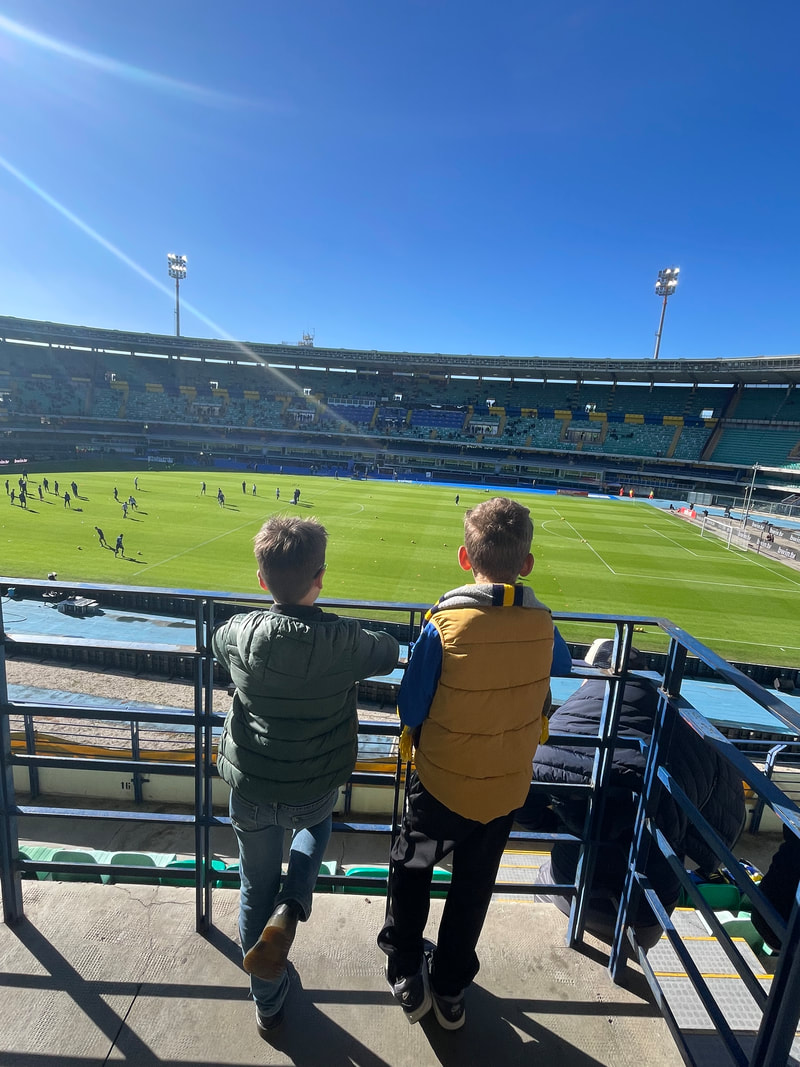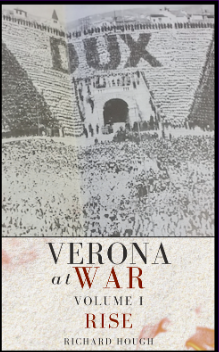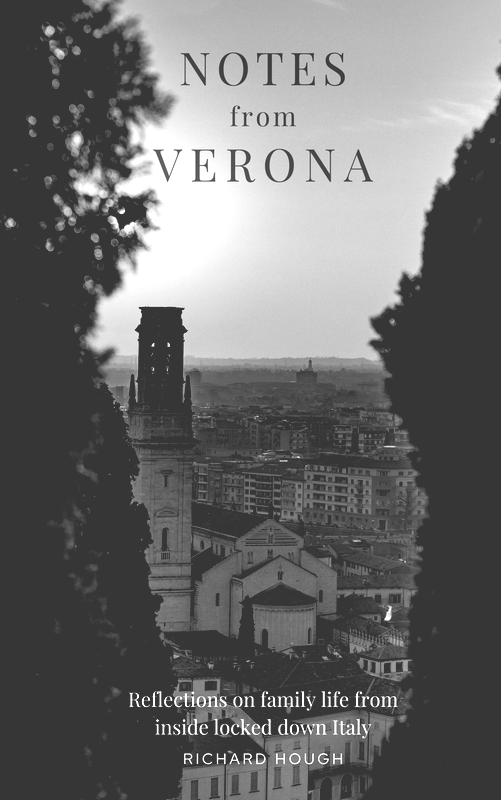|
Planning a trip to Rome? Here are five top tips for making the most of your time in the Eternal City. Rome is a complex, chaotic and at times overwhelming city. Its most iconic sites span every distinct phase in the development of western civilisation. There are more than 900 churches (more than any other city in the world), 13 world heritage sites (one more than the entire United States of America), and over 23,000 pizzeria and restaurants to choose from.
Deciding where to stay, what to drink, what to eat and, above all, what to see can be mind-boggling. So, here are a few tips based around the ancient Roman military strategy of divide et impera (divide and conquer). In short, don’t try to do everything at once. Zoom in on a particular era and/or a particular site, a particular dish and/or a particular wine. Organise the key sites into clusters and visit two or three at a time. Remember, where possible book in advance. 1. Survey the city from the castle that straddles antiquity and renaissance If you’re looking for a truly fascinating place with a story that straddles the height of the Roman Empire and the vulgar opulence of the Renaissance Papacy, look no further than Castel Sant’Angelo. Originally constructed as a mausoleum for Emperor Hadrian (yes, the same one who constructed the wall to the keep the Scots out), the imposing structure was then incorporated into the defensive perimeter of the city walls, before being transformed into a fortress and papal residence in the Middle Ages. Emerging from the spiralling subterranean mausoleum into the bright Roman daylight, the open-air walkways dedicated to illustrious popes of the past offer spectacular views across the city and, in particular, of the nearby St. Peter's Basilica in the neighbouring Vatican City. There’s even a roof-top bar so can enjoy a refreshing spritz with some of the best views of the entire city. 2. Discover the crypt with a bone-chilling secret If it’s your first time in Rome, you will undoubtedly have other priorities, but the museum and crypt of the Church of Santa Maria della Concezione dei Cappuccini is well worth a detour. On the elegant Via Veneto, not far from the American Embassy, at first glance the unassuming church has little to offer the casual visitor. But our kids had read about the skeletons in the crypt in their guidebook and so we decided to venture in. The engaging audio guide takes you through 12 exhibits charting the history and development of the Capuchin friars, including their significant contribution to the worlds of art, science and technology. The real purpose of the exhibition, however, is to prepare you for what you are about to see as you enter the subterranean crypt. In truth, nothing can really prepare you for the sight of the skeletal remains of 3,700 bodies, believed to be Capuchin friars, reconfigured into a macabre collection of trinkets, wall displays and lampshades that illuminate the tiny chapels located beneath the church. When the Marquis de Sade visited the crypt in 1775, he wrote, “I have never seen anything more striking.” I’m inclined to agree! 3. Eat like a local Despite the well-document controversy surrounding the authenticity of carbonara, I simply couldn’t wait for a decent plate of the notorious Roman pasta. Osteria da Fortunata has a well-earned reputation for serving the best carbonara in the city, but I’d heard a few bad things recently from some discerning locals. Besides, I really didn’t fancy having to queue up for my lunch! Instead, we had made reservations at Osteria Barberini, a discreet neighbourhood tavern, and arrived just in time to avoid a sudden downpour. Extremely filling and evidently prepared with an abundance of fresh eggs and just a hint of pecorino cheese, our first experience of authentic carbonara did not disappoint. On our second day in the Italian capital, lunch involved a plate of artichokes, bruschetta and hummus at Sheva in the Jewish ghetto. By teatime we were once again craving a carb hit so we took a tram over the river to the ever-popular Trastevere district in search of a table at one of the neighbourhood’s famed trattorias. Arriving early (around 6pm) we lucked out and got a seat at Tonnarello, another much-hyped restaurant in an ever-popular part of town. Opting for the pasta and meatballs (let’s not get into another authenticity debate) washed down with a bottle of Cesanone, we were not disappointed. On our third and final day in Rome we were ready for a second helping of carbonara. After an exhausting morning carting our bags from Villa Borghese to Castel Sant Angelo, we headed to the bustling È Passata la Moretta where we enjoyed our most authentic Roman culinary experience of the trip. The rich cheesy carbonara in the warm spring sunshine with an old friend was a fitting way to bring our short stay in Rome to an end. 4. Wash it down with a wine from antiquity! Bubbles or a high acid white wine are a good way to offset the rich creaminess of all that carbonara. Bellone Bianco has been cultivated in the vineyards surrounding Rome since antiquity. Though it fell out of favour in the 20th century as other grape varieties enjoyed pre-eminence, in recent years it has been experiencing something of a revival. Delicate and nuanced, with notes of lemon zest, grapefruit and white peach, wines made from Bellone grapes have a distinctive mineral character with a slightly salty finish that lingers on the palate. It’s a versatile white wine that can match a wide range of Roman dishes, including seafood, pasta with light sauces and vegetarian dishes, as well as white meats like chicken or turkey. The bottle we enjoyed was from Collesanti cru, one of the seven hills of the Capolemole estate to the southeast of the city where the grapes are still harvested by hand. A light straw yellow colour with greenish reflections, fresh and intense with a distinct note of pineapple on the nose, its mouth-watering freshness was the perfect companion to our hefty dollop of rich Carbonara. 5. Walk it all off at Villa Borghese Gardens If, like me, you’ve ate too much pasta or drank too much wine, the gardens of the Villa Borghese in the northern quarter of the city are a great place to clear your head and walk it off. In this part of town, the crowds really thin out and some of the city’s most prestigious hotels are clustered around here at the top end of Via Veneto. Shunning the stratospherically expensive, we found a family friendly suite just around the corner. After an early morning walk around the vast green space full of sculptures, monuments and fountains, ancient trees, ponds and walled gardens, I’m invariably drawn to the regal-looking statue of Lord Byron, framed by towering umbrella pines. If you’re feeling more energetic you can hire a rowing boat or peddle around on a rickshaw. Located on the Pincian Hill and constructed on the site of a former vineyard, Villa Borghese boasts the most extensive gardens built in Rome since antiquity. Popular with joggers and dog walkers, the park provides a much-needed green lung in the heart of the city, as well as a convenient shortcut to sites around Piazza del Popolo, avoiding the traffic and confusion of the inner-city. The Terrazza del Pincio, at the southwest corner, offers some of the best views over the entire city. If after all that fresh air you’re ready for another cultural hit, the Galleria Borghese boasts sculptures by Bernini and paintings by Titian, Raphael and Caravaggio. Failing that, you could just enjoy a little doze on the lawn! From Verona in Italy, Richard Hough charts the highs and lows of following his local team, Hellas Verona. In this Notes from Verona column he reflects on the unlikely joy that accompanies a three-goal home defeat.Click here to read the latest Gentleman Ultra football column.
From Verona in Italy, Richard Hough charts the highs and lows of following his local team. In this Notes from Verona column he remembers the handful of Scots who have played in Serie A, including Joe Jordan’s memorable season with Verona.
|
AboutRichard Hough writes about history, football, wine, whisky, culture + travel and is currently working on a trilogy about wartime Verona.
|






